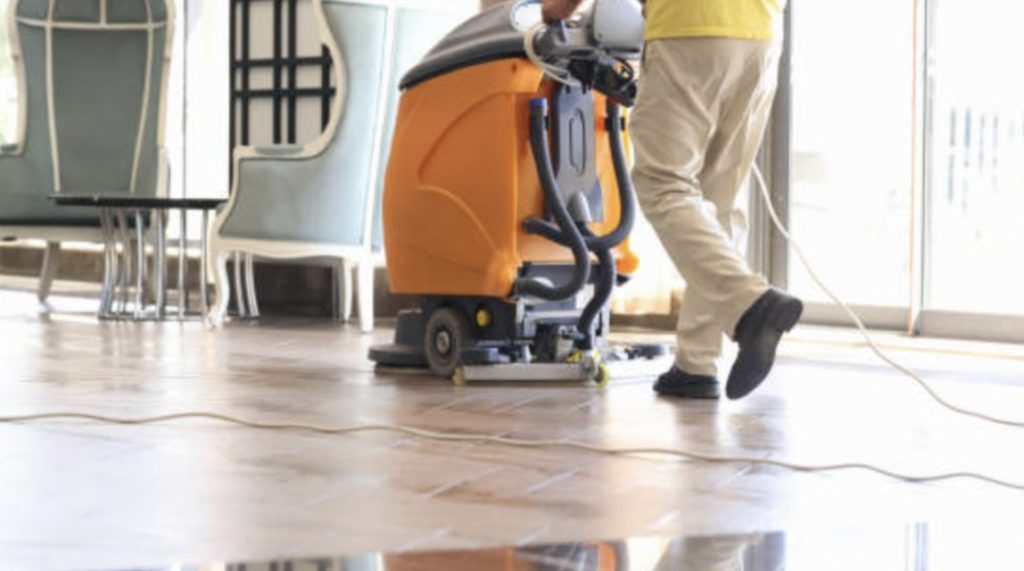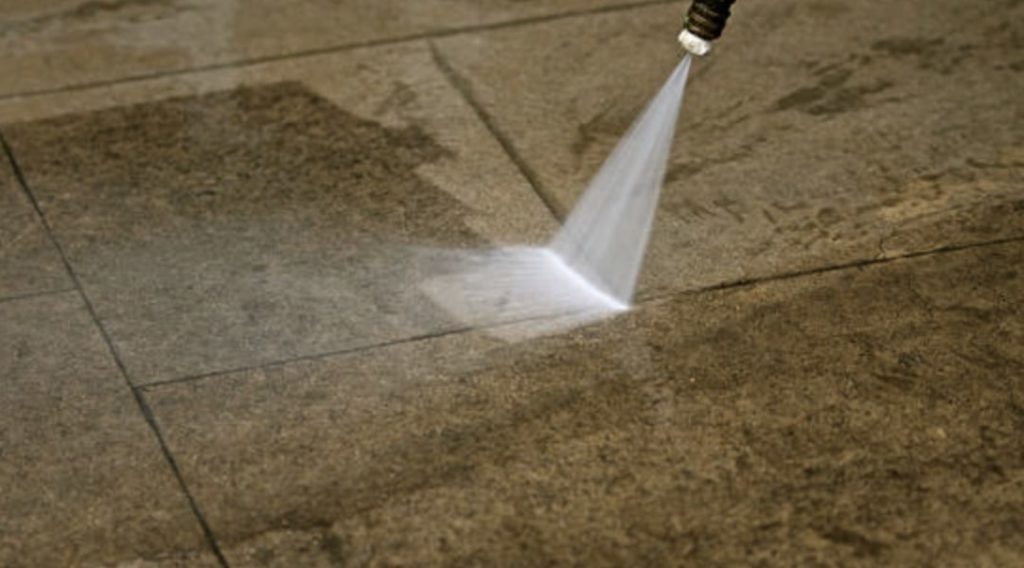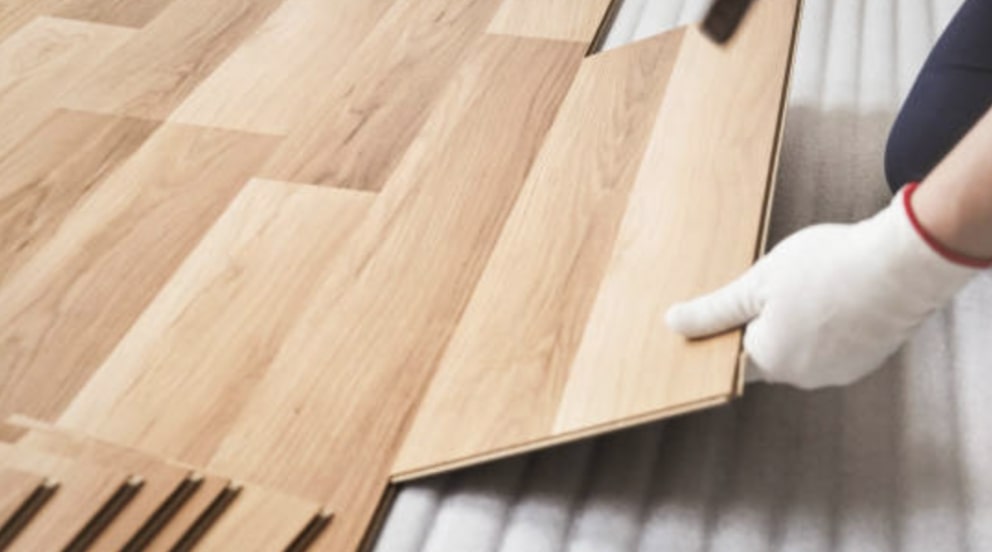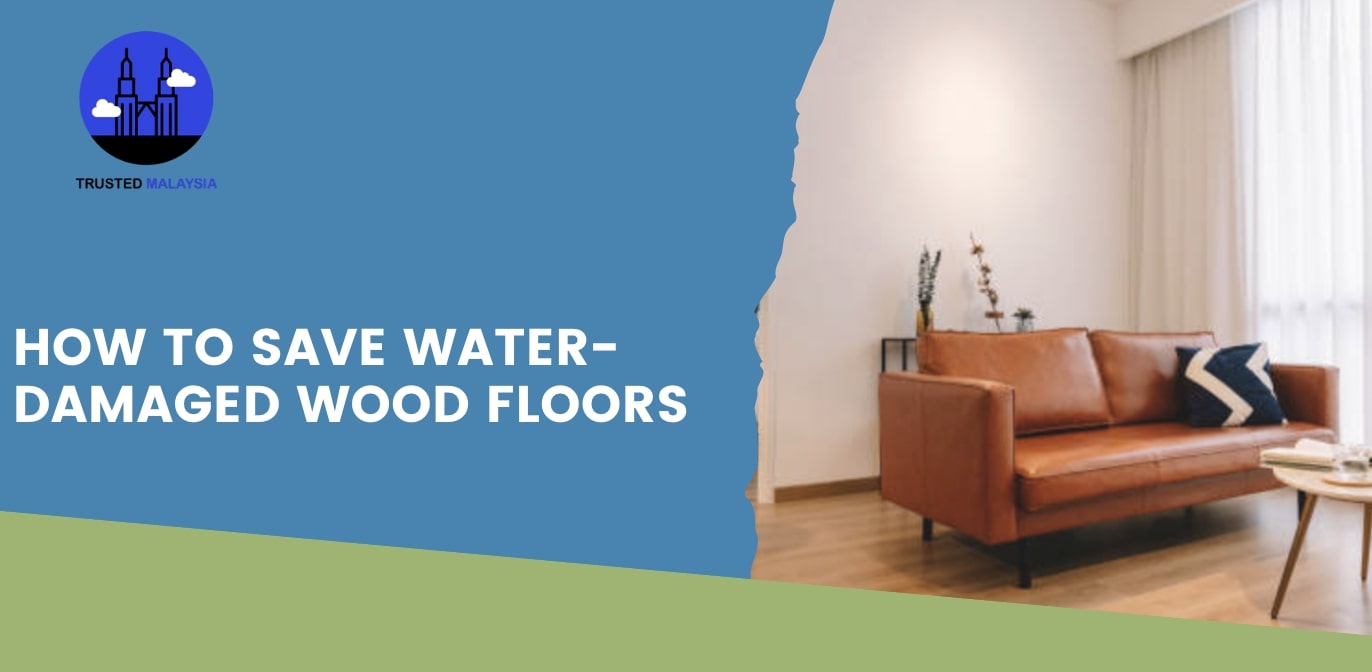How to Save Water-Damaged Wood Floors
You have probably spent a fortune on having wood flooring installed in your house. Therefore, periodic maintenance is needed to keep it looking new and lustrous as time goes on.
That said, there are several deterrents to this goal including heat, item breakages, and especially water. And yours may have been water-damaged through accidental spills or floods.
Fret not, though, as there’s still a chance to save your water-damaged wood floors. Hopefully, you’ll be able to do that by following the steps outlined below!
1) Wet-vacuum the floor

You cannot delay your action. As soon as you have standing water on your floor, you must wipe or vacuum it to prevent moisture from seeping into the floor.
Note that your vacuum has to have a wet-vacuum function. All ShopVacs have this function to suck the water up into their canister.
It will also be a great help if your model has a wide floor attachment to cover wide spaces at a time. Alternatively, you can use a good-quality squeegee, but take care not to scratch the floor.
2) Scrub off dirt and debris
When waves go over the land, they can leave sediments on the sand. In like manner, flood water can leave dirt, sand, mud, and other debris on your floor so it’s not entirely clean yet.
If left alone, mould and mildew can spread on your floor. And that’s why the next step is to scrub the dirt particles off with a stiff brush.
You can use a homemade cleaning product consisting of a mild detergent, disinfectant, and water. Dip the brush in it regularly to clean your water-damaged flooring.
3) Treat mouldy spots

In case the unsightly green mould has already developed on your wood floors, you have to treat them at once.
Use trisodium phosphate or TSP with some water, which is strong enough to eliminate mould stains and prevent future growth.
Afterwards, rinse the affected area with water and wipe it down using a microfibre cloth.
4) Dry the floor thoroughly
Most likely, the floor hasn’t completely dried out at this time. So you need to hasten the process by using a powerful fan and promoting airflow with opened doors and windows.
Don’t leave an area damp because, remember, mould can quickly develop and spread within just 24 to 48 hours.
5) Sand raised floor areas
The effect of water damage can be so severe that floors become raised or sink in their places. Luckily, this problem can be fixed without replacing the entire wooden board.
To repair raised floor areas, sand them strongly downwards using a manual drum or orbital sander. If the end parts of the floorboard go up, we suggest nailing it down to level them.
6) Replace laminate floors

You’re lucky if you have natural wood that’s water damaged because as you have seen, it can still be repaired. Unfortunately, though, most laminate floors have to be replaced if it’s water-damaged.
The reason for this is, contrary to natural wood, they’re made from wood pulp—the likes of which include medium-density fibreboard or particle board. This wood pulp is highly susceptible to water damage, leading to a permanently damaged structure.

